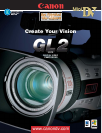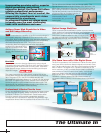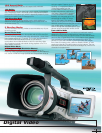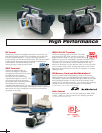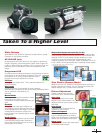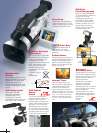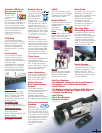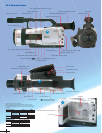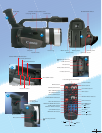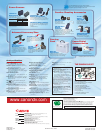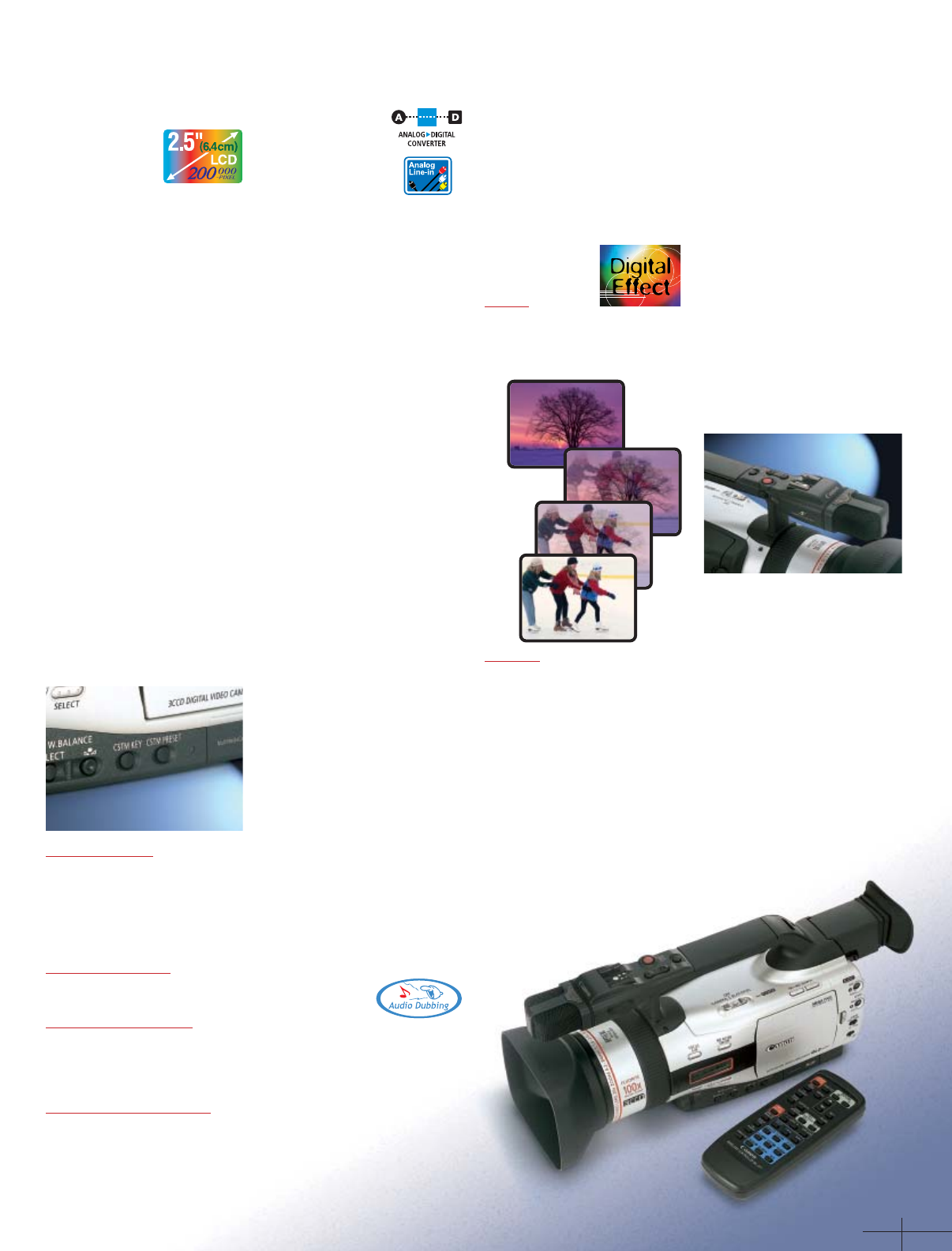
77
Analog Line-In
For instant editing,
simply connect your
TV, VCR, or analog
camcorder to the
GL2 and send the
analog signal
directly to your computer's
IEEE1394 terminal*, without
recording to tape. If you
choose, you may first record
the analog signal to DV tape,
allowing you to create a high-
quality master of your original.
* The Analog-Digital Converter may not
function depending on the software used.
• Built-in Speaker
• Headphone Terminal with Level Control
• Composite & S-Video input/output
• World Clock
• LP Mode (extends a 80 min. Mini DV tape
to 120 min. or 60 min. tape to 90 min.)
• Lithium Ion Battery
• Self-Timer
• Zero Set Memory
• Remote Control
Pictures simulated
Photo Search/
Date Search/Index
Search
The wireless controller
included with the GL2 allows
you to quickly locate still
photos on a recorded
cassette. Video can be
searched based on the date
recorded or by the index mark.
LANC
The LANC terminal permits
easy connection of compatible
controllers or the Canon ZR-
1000 Remote Control.
AV Insert and Audio
Dubbing
Add a new
scene into your
video from another source
such as a camcorder or VCR.
(Your video must be recorded
in SP mode.) You can also add
a new stereo audio track onto
your video such as a voice
over or background music.
(Your audio must be
recorded in the 12 bit
mode.)
DV Control
You can control the record
and pause of equipment that
conforms to the AV/C protocol
connected to the GL2 using
the DV terminal. For example,
record to miniDV tape and a
commercially available IEEE
1394 Controller and Hard
Drive system simultaneously.
Time Code
This precisely identifies each
recording down to the
individual frame, showing the
hour, minute, second and
frame in the display. The GL2
uses a "drop-frame" system
that is frame accurate.
Custom Key
You can assign frequently
used functions to the key
(camera mode, Play(VCR)
mode card camera mode and
card play mode
independently) to customize
the camera to your shooting
preferences or environment.
You can assign the following
functions to the Custom Key.
Camera mode
•Index Write •Zebra pattern
•VCR stop •TV screen •Mic
•Mic ATT •Zoom grip speed
•Zoom handle speed
•Audio level meter •AE shift
•Image stabilizer
Play(VCR) mode
•TV screen •Mic •Mic ATT
•Audio ATT •Audio level meter
Card camera mode
•Zebra pattern •TV screen
•Zoom grip speed
•Zoom handle speed •AE shift
•Image stabilizer
Card play(VCR) mode
•TV screen
Zoom Speeds
The GL2 is outfitted with 4
zoom speed options: Variable
(pressure controlled) or Low,
Medium and Fast. These
apply to the zoom rockers on
the handgrip and the top grip
(3 zoom speeds).
VCR Stop
You can turn the recorder
section off leaving the camera
section turned on, so you can
adjust the camera section
without worrying about the
Automatic shut-off (5-minute
timer).
Flexible LCD View
Screen and Color
Viewfinder
The 2.5” view
screen makes it
easier to
compose sensational shots
from any angle. It swivels and
flips for maximum handling
comfort and flexibility. It also
tucks neatly away when bright
shooting conditions make the
eyecup* viewfinder the
preferred way to shoot.
*A large eyecup is provided for glasses-
wearing person.
Index Recording
You can mark "the best take"
when you are shooting, for
easy access when playing
back in the VCR mode.
Digital Effects
The GL2 includes a selection
of digital effects for a more
appealing look
and greater
imaging variety.
Fader
Use the fader to start or end
scenes with a fade to or from
black such as the Fade
Trigger, Wipe and Overlap.
Effects
Give variety to your images
during recording by adding
Black and White, Sepia,
Strobe motion or Trail.
Data Code
Data code, which is recorded
separately from the video
signal, lets you display or hide
data such as date, time,
exposure etc. as required.
This data can also be
permanently "burned in" over
the video for verification or
surveillance purposes.
Top Grip With
Recording Controls
In addition to the normal side
grip, the GL2 features a
carrying handle complete with
a duplicate set of recording
and zoom controls to better
meet your individual recording
style, as well as being ideal
for low-angle recording.



